A natural disaster similar in magnitude to Hurricane Katrina, or a terrorist attack like Sept. 11, are both examples of incidents that could cause the Department of Defense to activate The 369th Fire Fighter Detachment.
The unit, from Norristown, Pa. has a two-year commitment, which started on Oct. 1, 2010, with U.S. Army Northern Command, a subordinate of the Department of Homeland Security. The Reservists are now part of a task force that specializes in the search and extraction of victims from urban areas after major disasters.
The task force is commonly known by the acronym that bears its name, CCMRF, which is pronounced, "see-smurf." The first C in the acronym stands for CBRNE or "Chemical, Biological, Radiological, Nuclear and High-Yield Explosives." The other four letters stand for Consequence Management Response Force.
The CCMRF mission includes supporting civilian authorities when disasters overwhelm state and local responders.
"The disaster can be natural or man made, within 24 to 72 hours, we have to be on the ground," said Sgt. 1st Class Timothy McCool, the unit's fire chief.
The 369th can operate independently, or they can augment a team from the Federal Emergency Management Agency.
"We're also trained to operate in Level-B protective clothing, which is essentially those big white suits you see HAZMAT teams wearing," said Spc. Christopher Feder, a 369th fire fighter.
To prepare for their new role, the Soldiers trained on Urban Search and Rescue techniques for 70 days at The Florida State Fire College in Ocala. The Directorate of
Homeland Operations mandated the training to elevate the firefighters' capabilities to FEMA standards.
"They worked six days a week, 12-hour days," McCool said. "Ninety-two degree heat, 70 percent humidity they were in level-B suits training."
The Soldiers graduated from the fire college with certifications in all levels of the Urban Search and Rescue Technical Program on Aug. 18, 2010.
"They're now the first military organization to graduate Soldiers from the entire search and rescue series," said Lillian DeIorio, an office assistant at the College's Urban Search and Rescue department.
"They're also the first Army Reservists to be CCMRF qualified," McCool saild.
In an ongoing effort to stay proficient, they practiced rope rescue techniques from tall buildings at the Montgomery County Fire Academy in Norristown, Pa., on Oct. 24-25, 2010.
"The Soldiers are involved; they're motivated, and they're very astute to the learning techniques being provided to them," said Jeff Harris a USNORTHCOM official who observed the training.
Harris said the Soldiers impressed him with their ability to retain the different rope tying techniques, as well as the other skills that made up the curriculum.
"Depending upon each incident there's a different technique, or tactic," Harris said. "It's pretty difficult to remember all those skills because they're perishable."
McCool says the unit's effectiveness is due to proper training, and competent Soldiers with positive attitudes.
"I've always had good numbers, good people, and good drill attendance," McCool said.
Harris says he has no problem reporting to his superiors that the 369th is prepared to execute if there's ever a need to activate the unit.
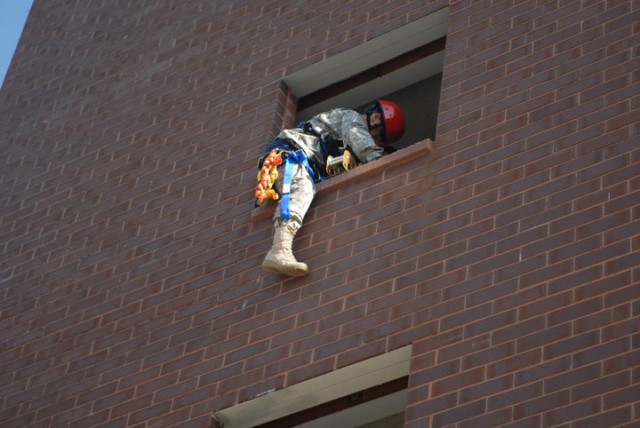
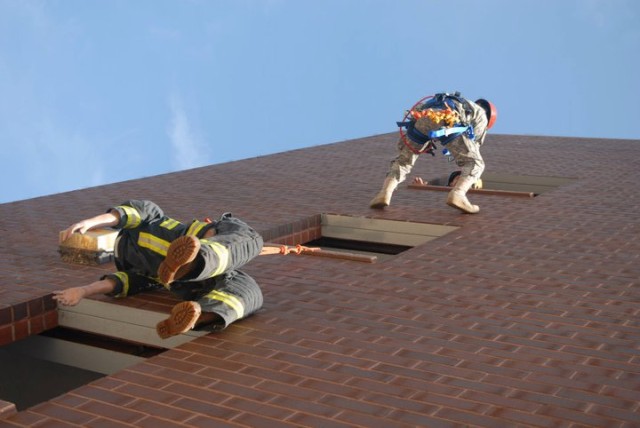
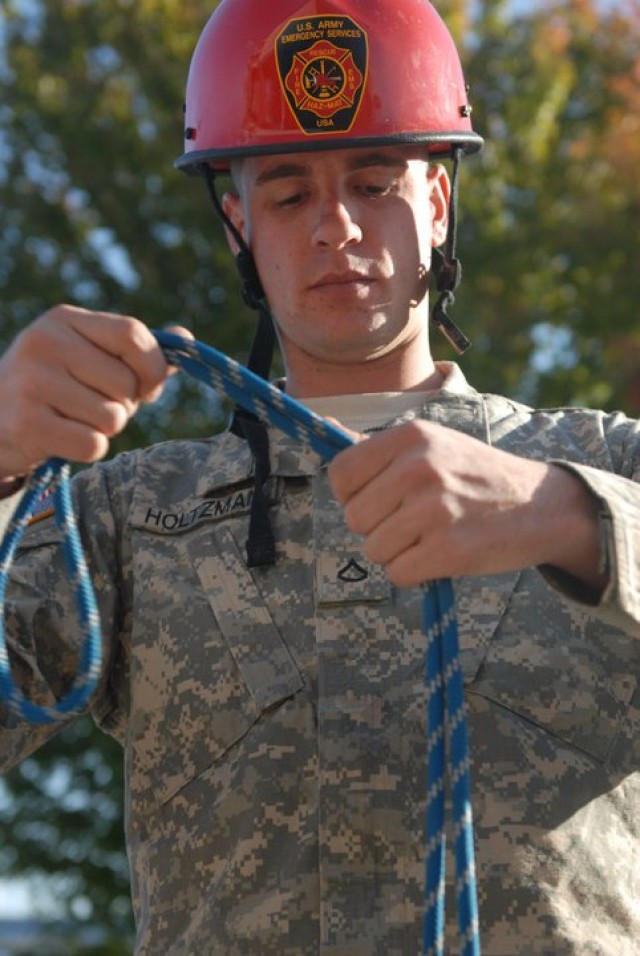
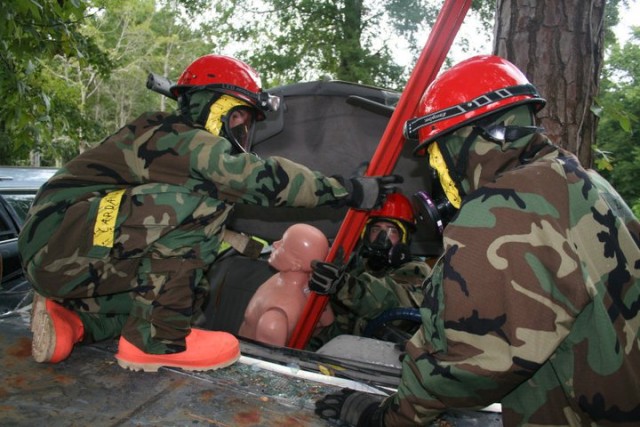
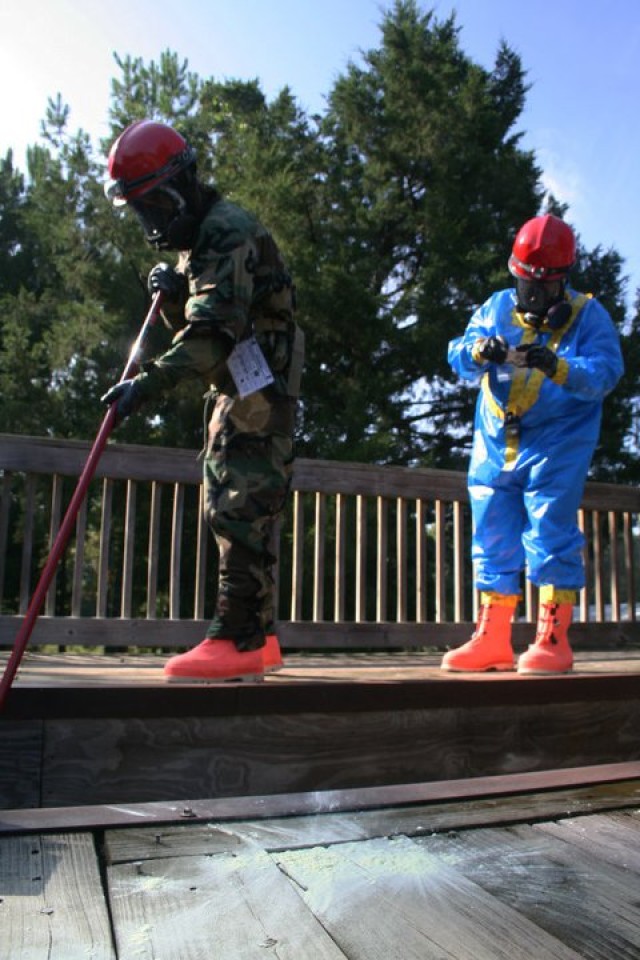
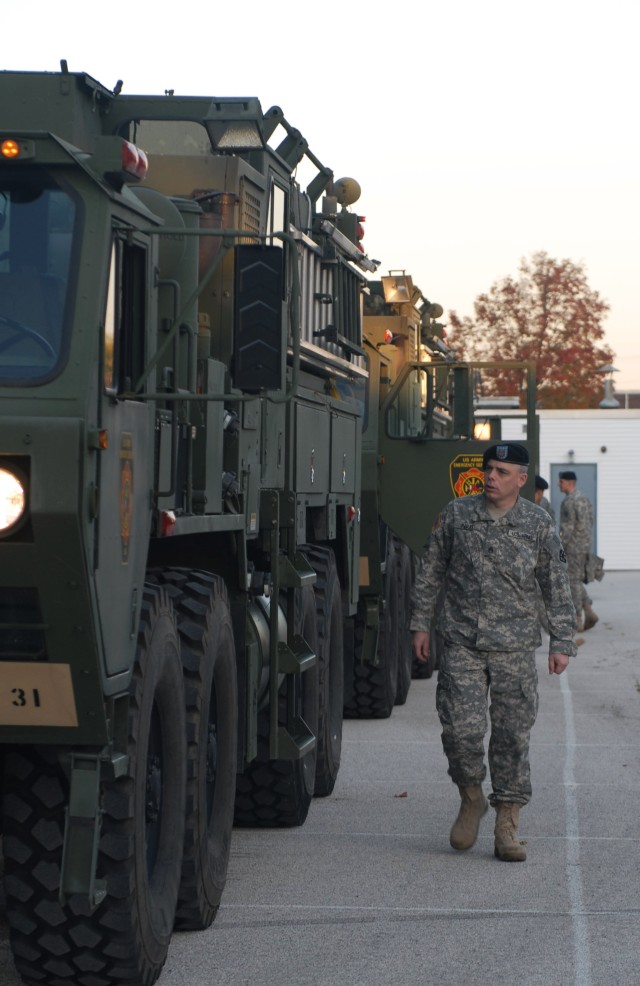
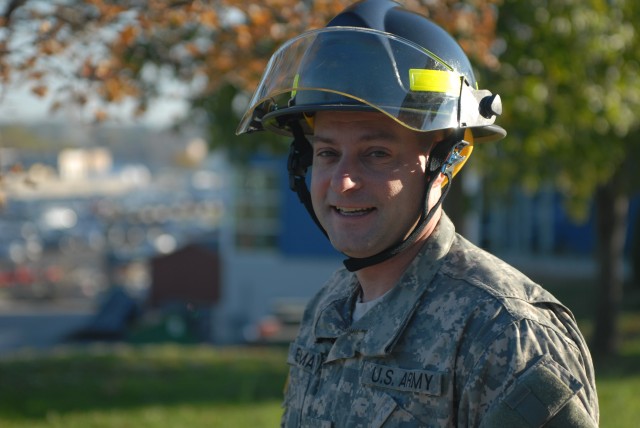
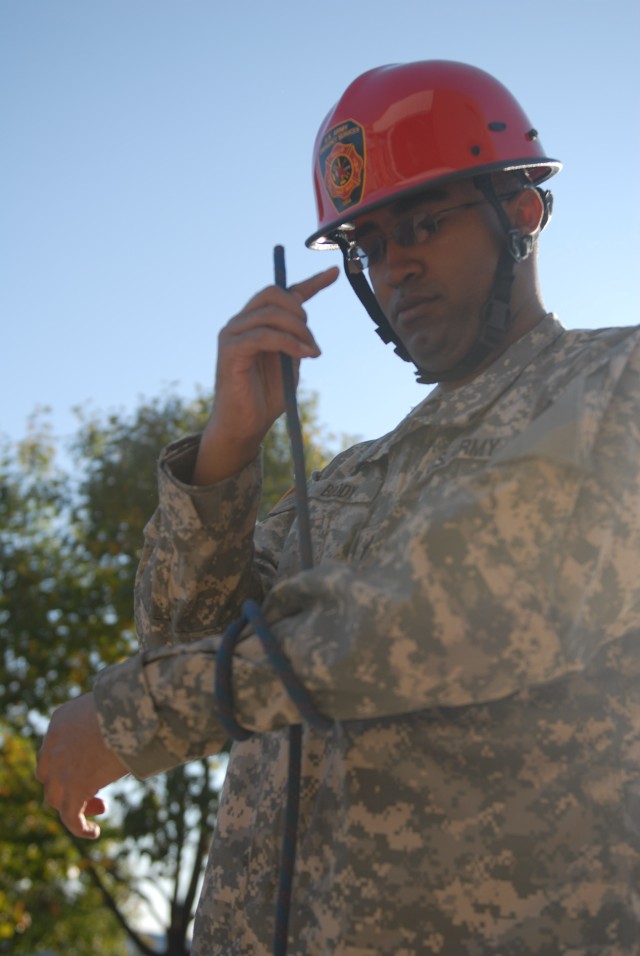
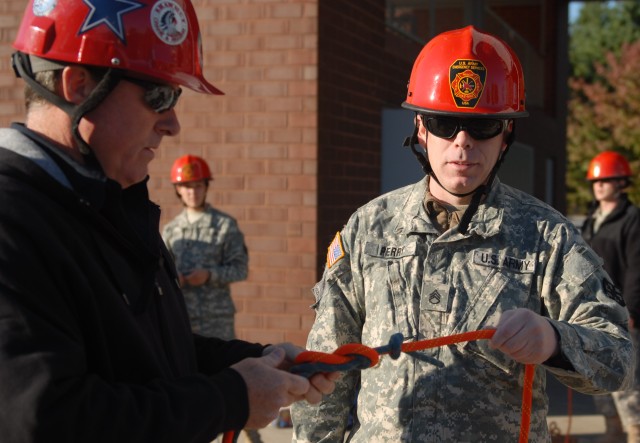
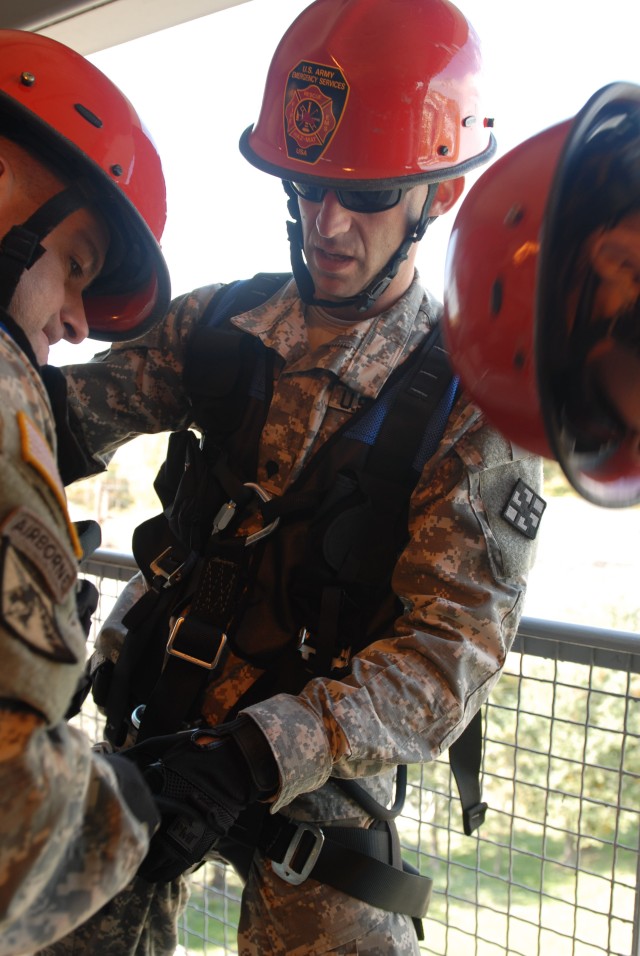
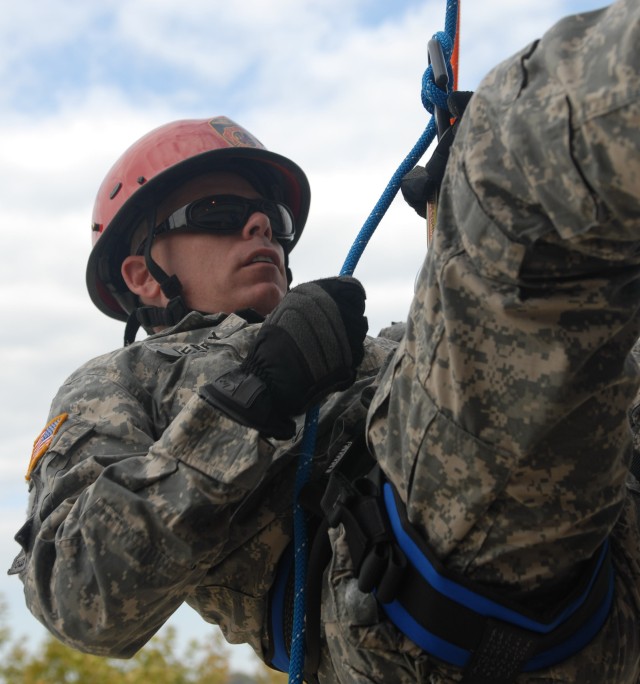
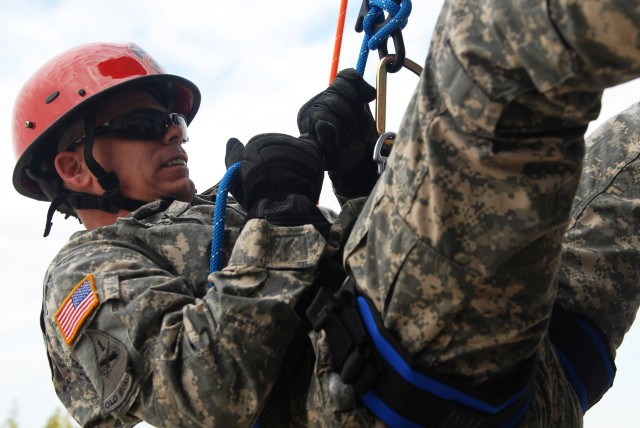
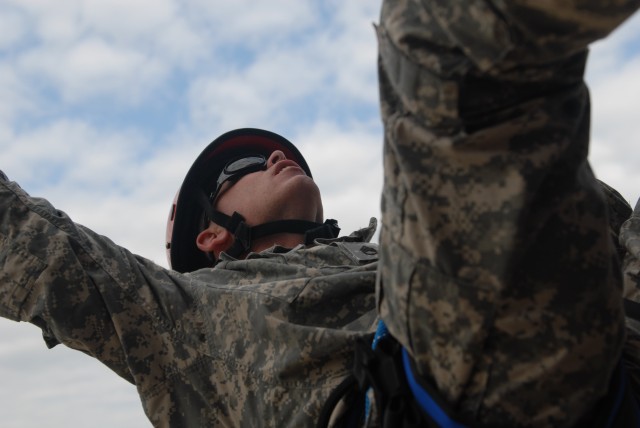
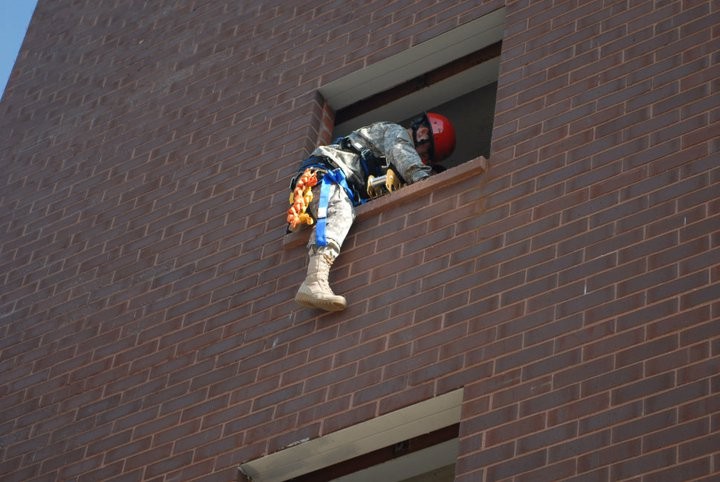
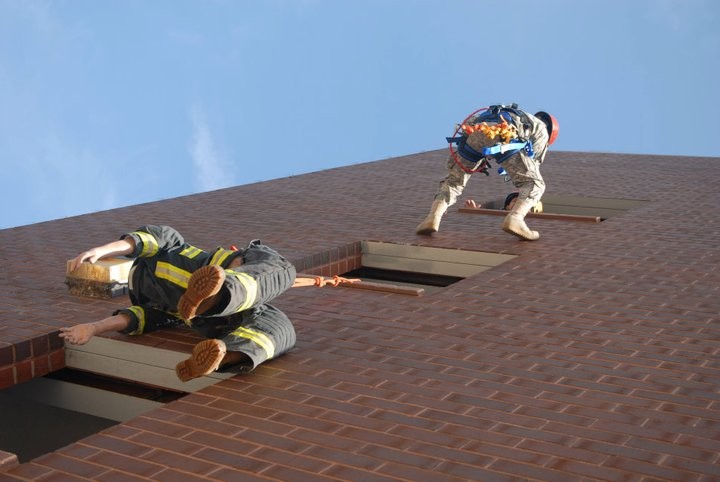
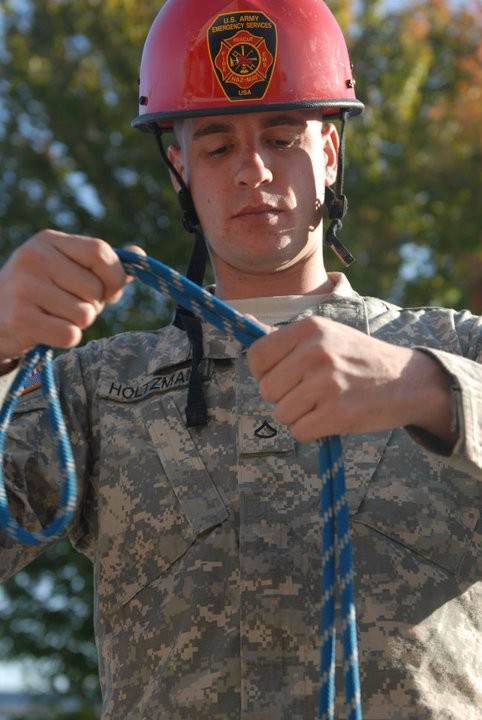
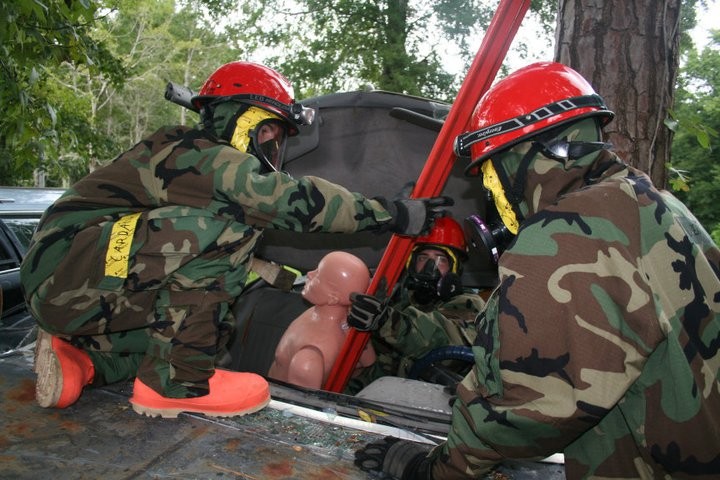
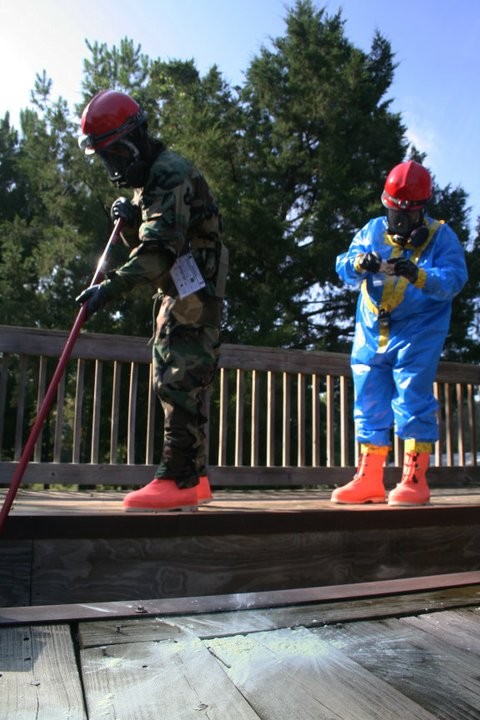
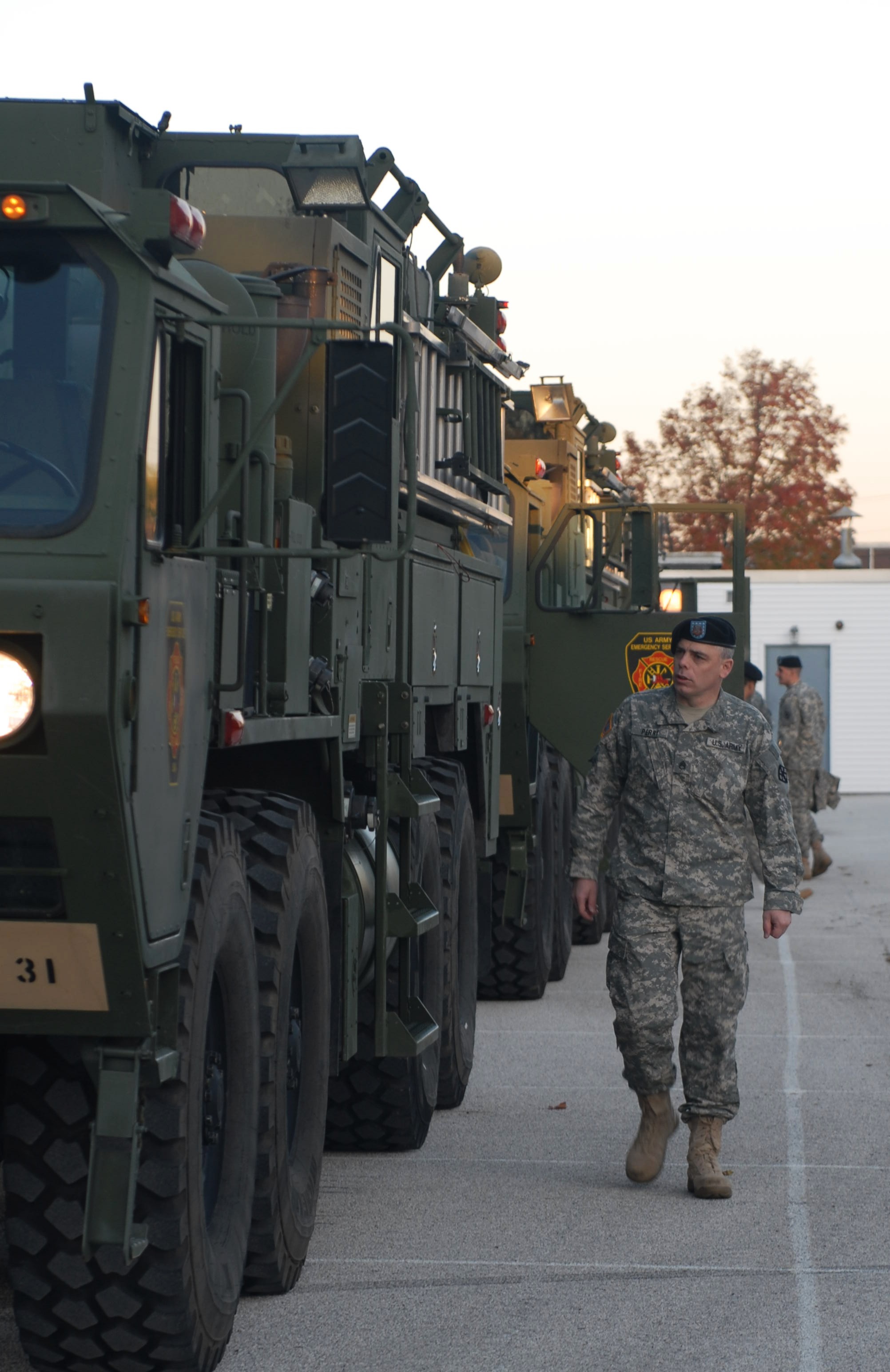
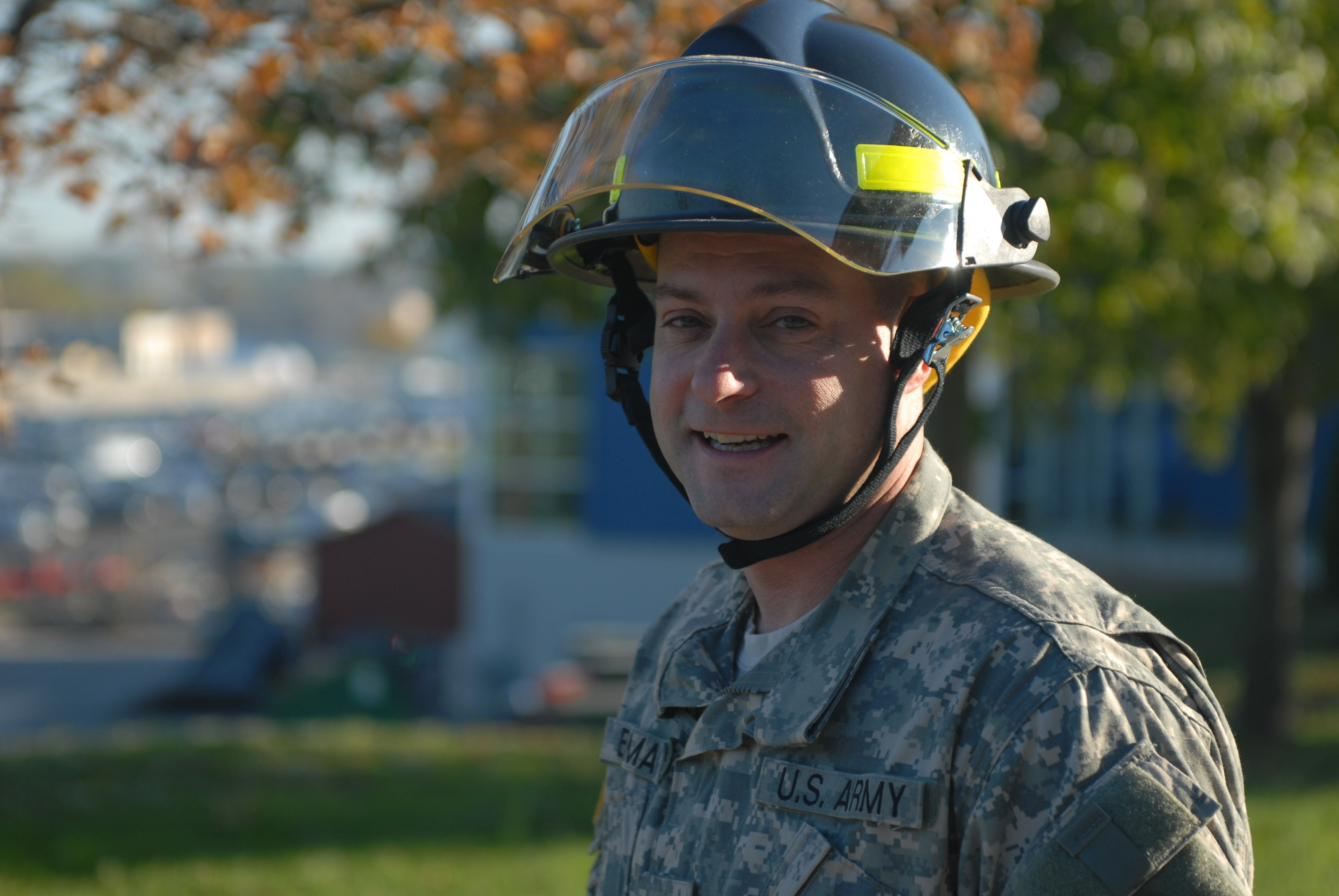
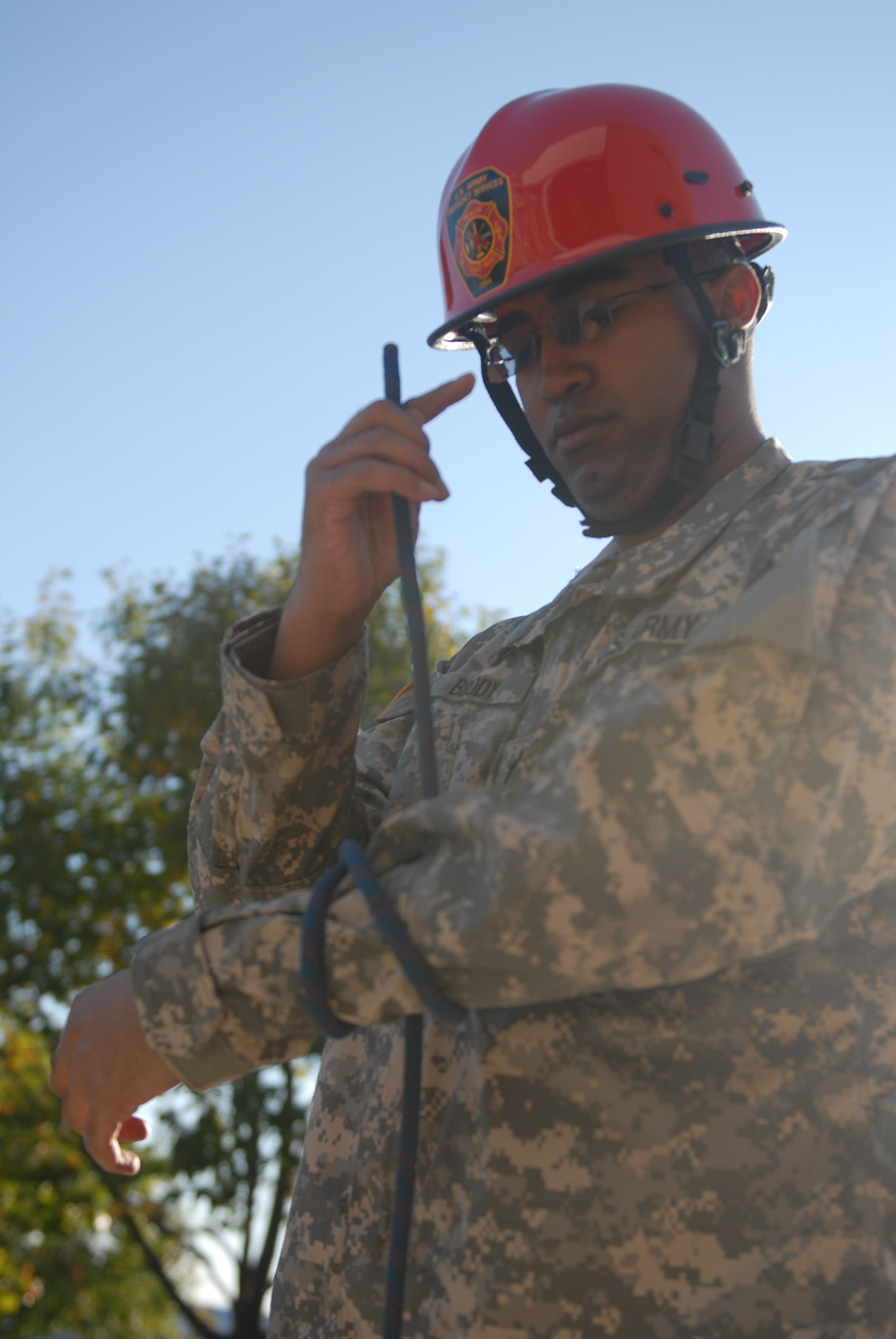
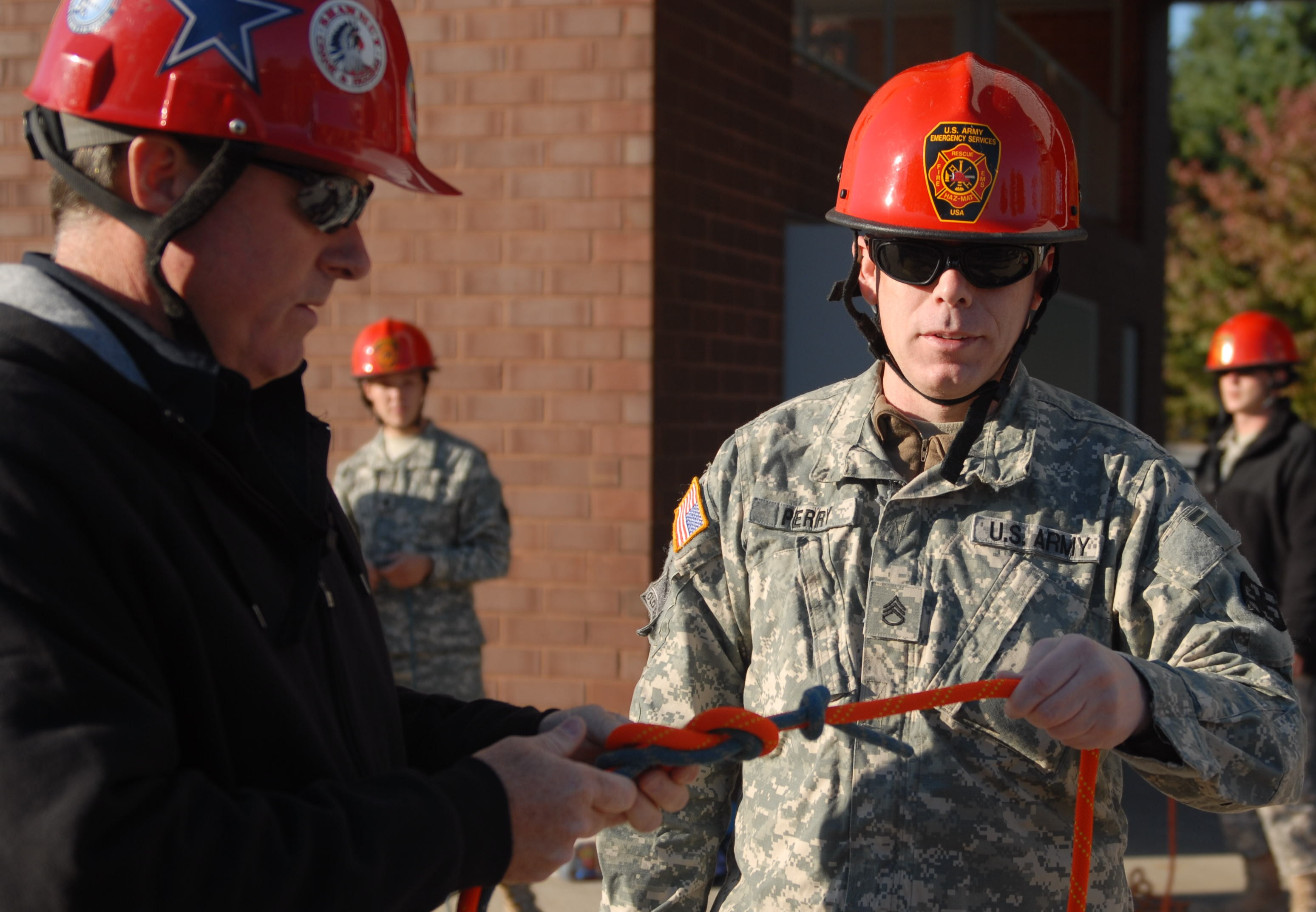
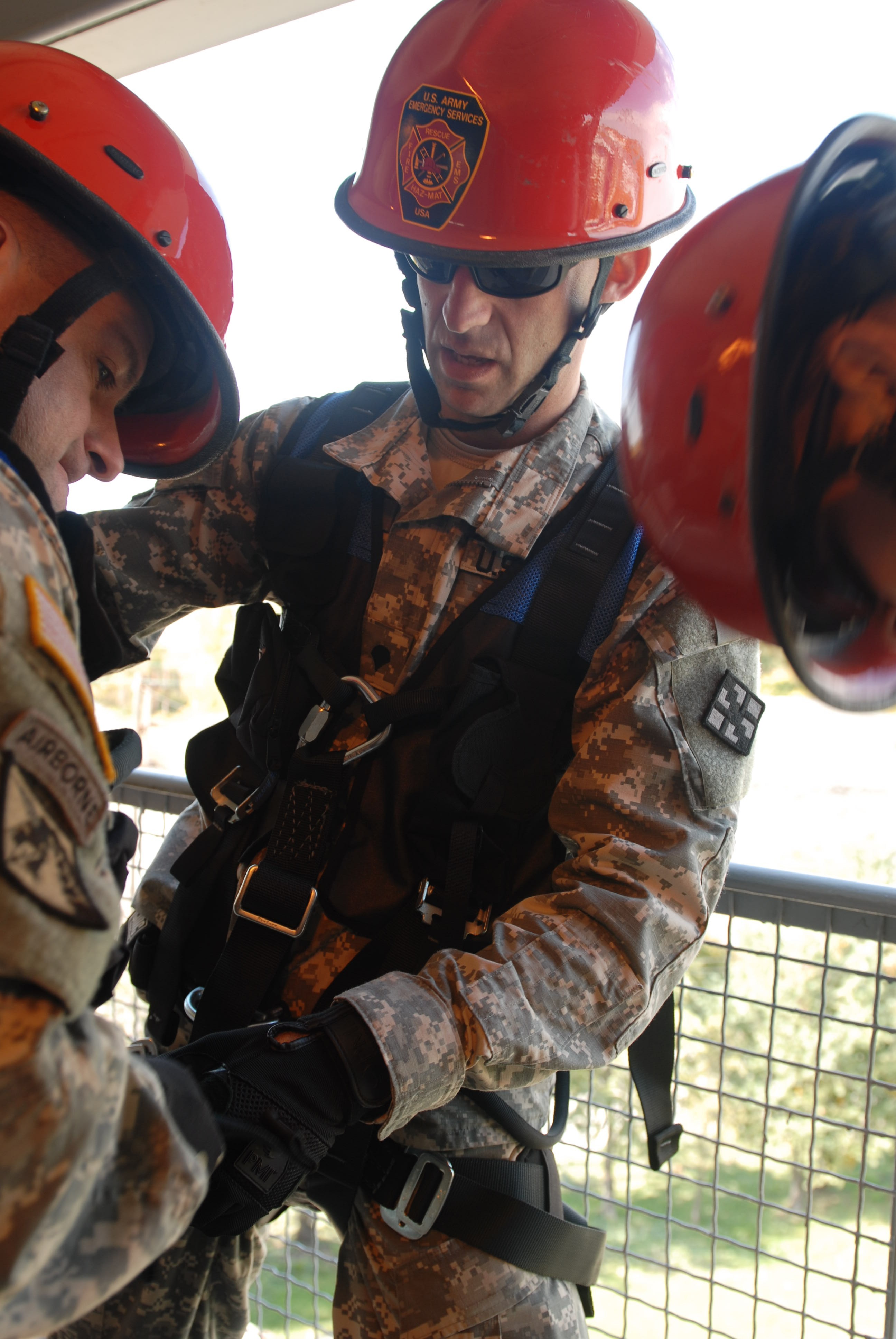
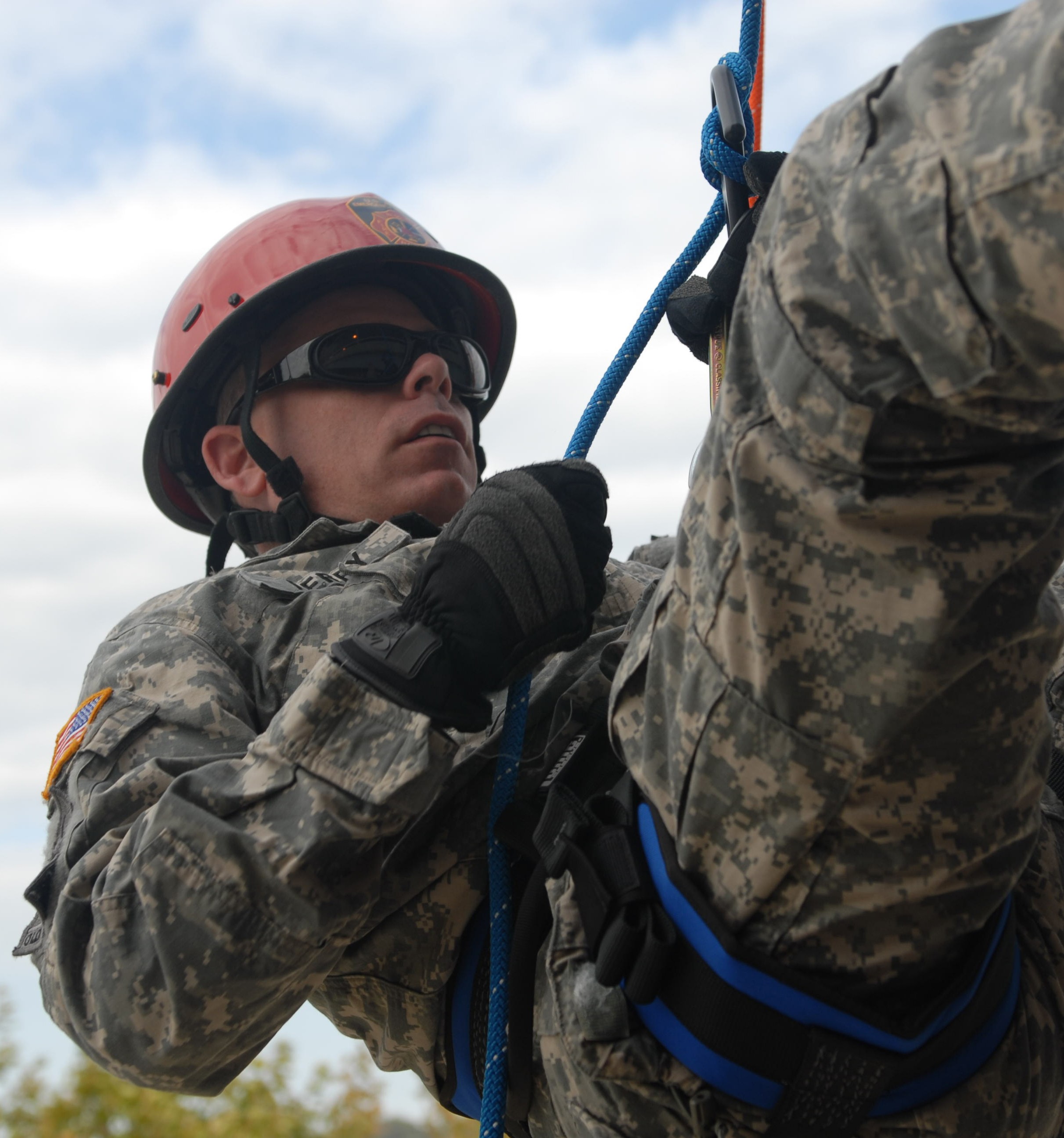
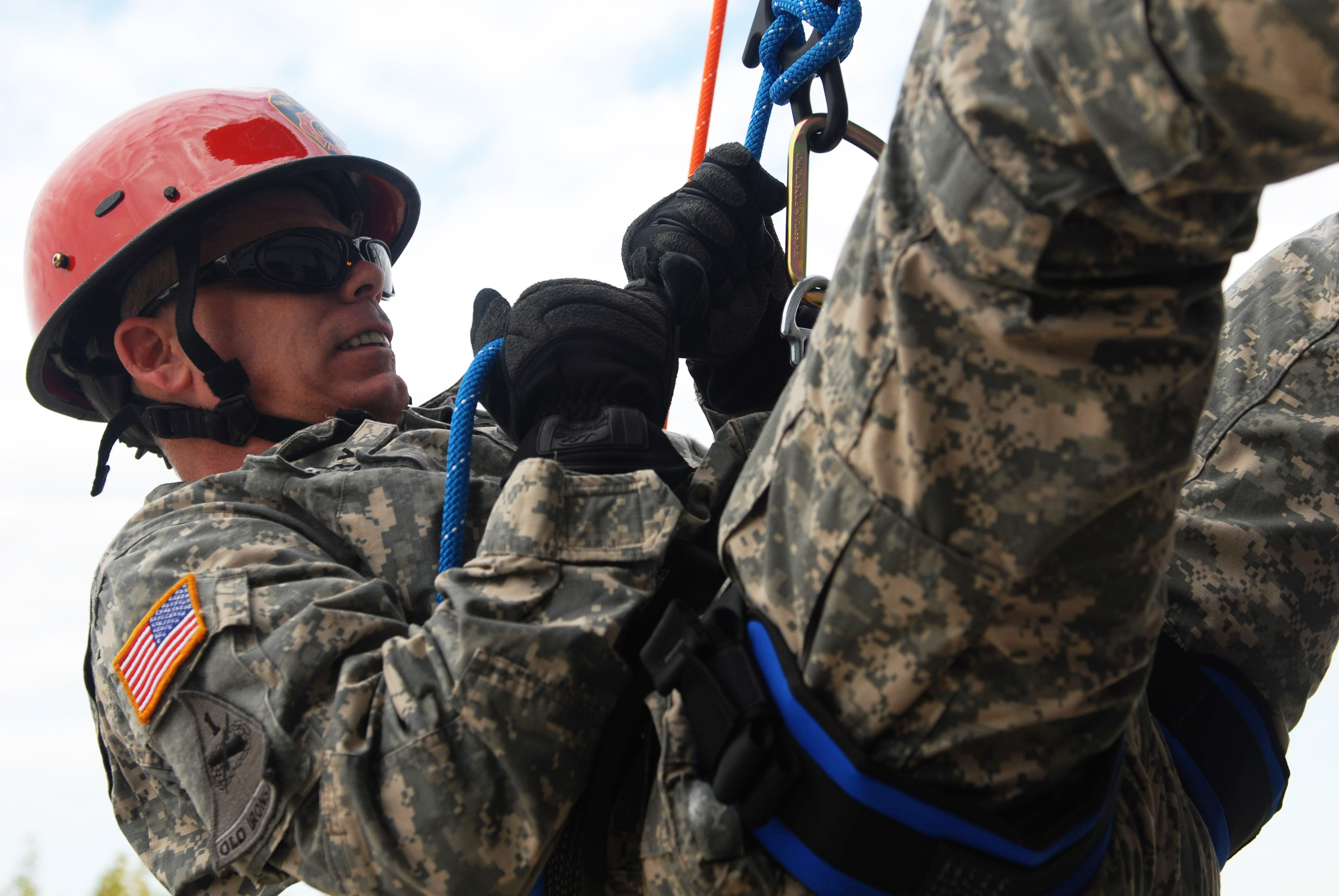
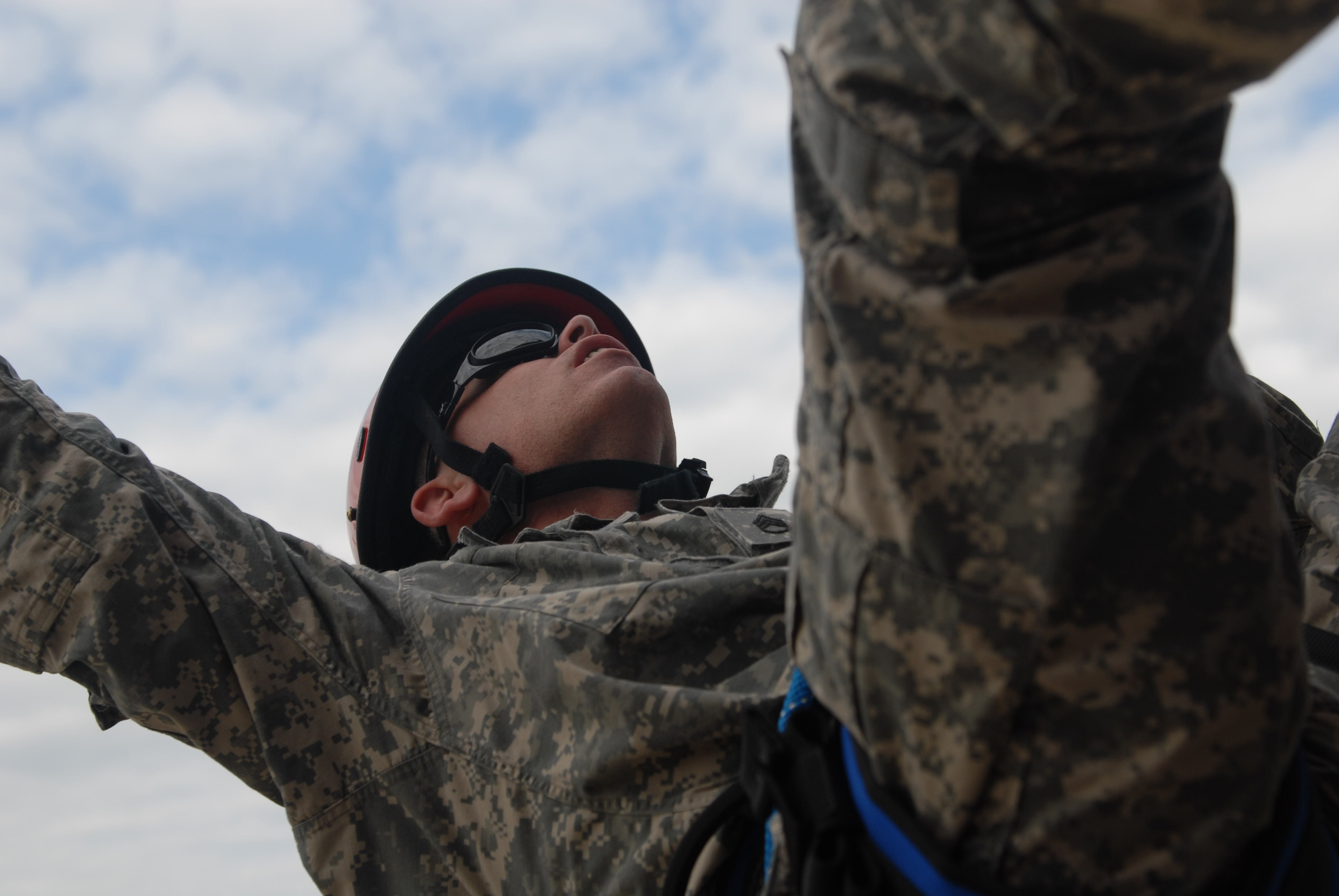
Social Sharing